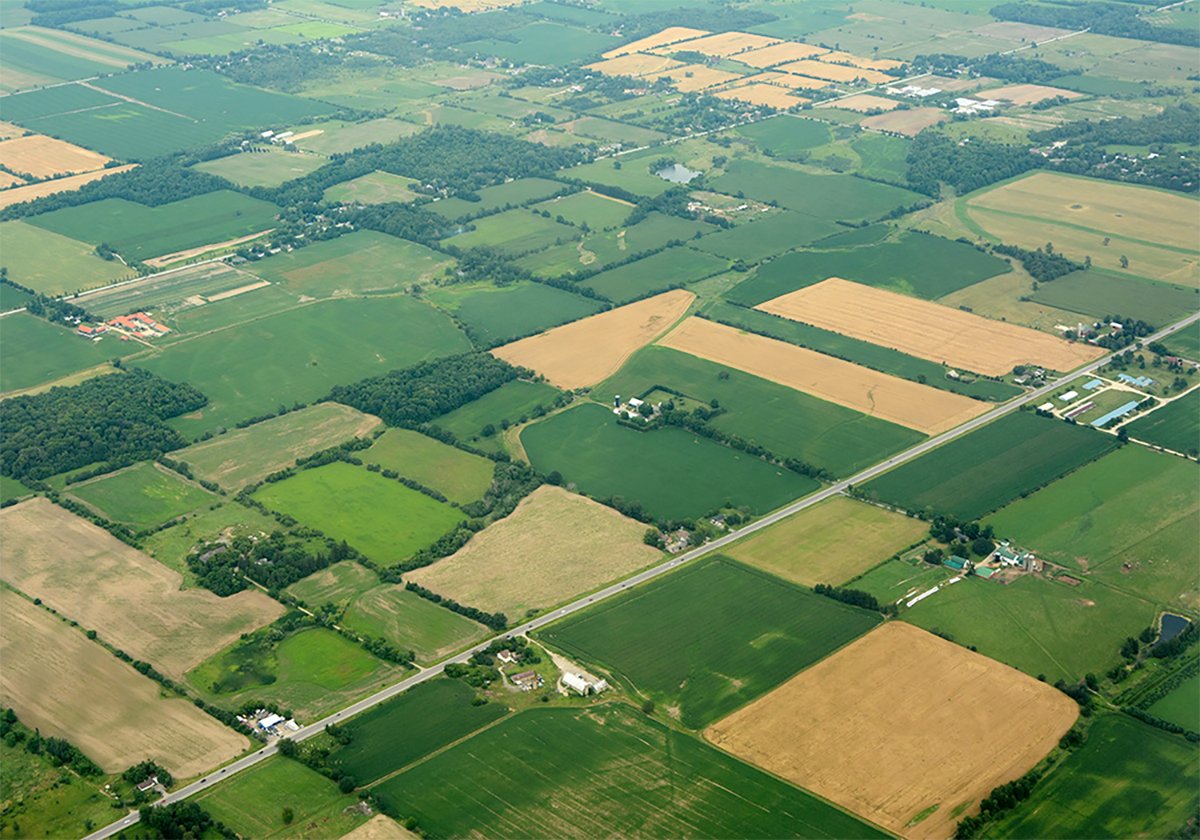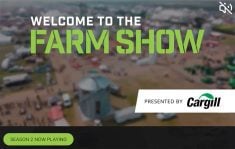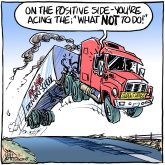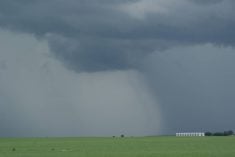New Health of Animal regulations for regionalization recently became law.
Formerly, trade could occur only when an entire country was recognized for its disease status. Now trade can be allowed with particular regions or states even if the whole country does not have the same status.
An area within a country must apply to have its disease risk status recognized as equivalent, low or undesignated.
It must show the Canadian Food Inspection Agency that it has the veterinary services, laboratories and testing, movement and control measures to test for and halt disease.
Read Also

Higher farmland taxes for investors could solve two problems
The highest education and health care land tax would be for landlords, including investment companies, with no family ties to the land.
This is not a simple or cheap process so don’t expect many areas to be recognized as “equivalent” soon.
Some American states may not bother to apply simply because the costs outweigh the benefits of improved trade with Canada.
Areas assessed as equivalent risk to Canada are allowed to export animals here with a certificate of an official veterinarian from that area. The certificate must identify the animal and verify that the vet inspected it within five days of export and found it to be clinically healthy and fit to travel without undue suffering.
Animals from low risk areas may be exported if they meet certain conditions as defined in the post-entry import reference document and the animal is accompanied by the same certificate.
The current import reference document, an updated version of the old Health of Animals regulations, does not recognize any areas as equivalent or low risk, nor does it define the post-entry conditions that must be met.
The only major change noted from previous regulations is that Hawaii has been designated as equivalent disease status for bluetongue and anaplasmosis and Alaska is equivalent for bluetongue, making them exempt from export testing requirements for those diseases.
The Restricted Feeder Program does not fall under the import reference document. It is considered policy and changes to it would be made faster than for those documents under regulation, such as the H of A regulations and the import reference document.
The United States Department of Agriculture has submitted information to CFIA on brucellosis and tuberculosis, to get various areas recognized for their disease status. Most American states are free of these cattle diseases.
There appears to be less information available on bluetongue and anaplasmosis. Some states are trying to gather more information for the Canadian process.
The Americans have initiated a surveillance study on bluetongue and anaplasmosis in Nebraska, North Dakota and South Dakota to test a sentinel system to substantiate disease freedom. They will also test for bluetongue disease freedom and develop data on its epidemiology in seasonally endemic areas, and to evaluate the geographic distribution of anaplasmosis.
Montana was left out because it was unable to get enough cow-calf producers to participate.
The study involves bleeding cattle before and after summer for exposure to bluetongue and anaplasmosis and setting up fly traps to collect the insect carrier for bluetongue, Culicodies sonorensis.
Last year under the Restricted Feeder Program, Canadian feedlots imported 209,000 feeder cattle. Most were from Montana and went into Alberta feedlots.
The Alberta Cattle Feeders’ Association is working with the Montana Stockgrowers’ Association to collect information on bluetongue and anaplasmosis. A three year study will start this year to determine whether the vector for bluetongue is present and capable of transmitting the virus in Alberta. As well, U.S. feeder cattle will be bled to determine their previous exposure to bluetongue and anaplasmosis. This information will be submitted to CFIA for use in regionalization assessments and to evaluate the efficacy of a proposed Terminal Feeder Program for summer entry of U.S. feeders from low-risk states into approved terminal, or slaughter-only, feedlots.
Alberta feeders are also working with other Canadian cattle organizations to speed progress toward freer trade with American cattle producers. This is to ensure that the U.S. does not impose actions against Canada because of tardiness in evaluating the risks or collecting data to evaluate the risks of disease.
Trade must be science-based or it can be challenged under the World Trade Organization as a non-tariff trade barrier.














